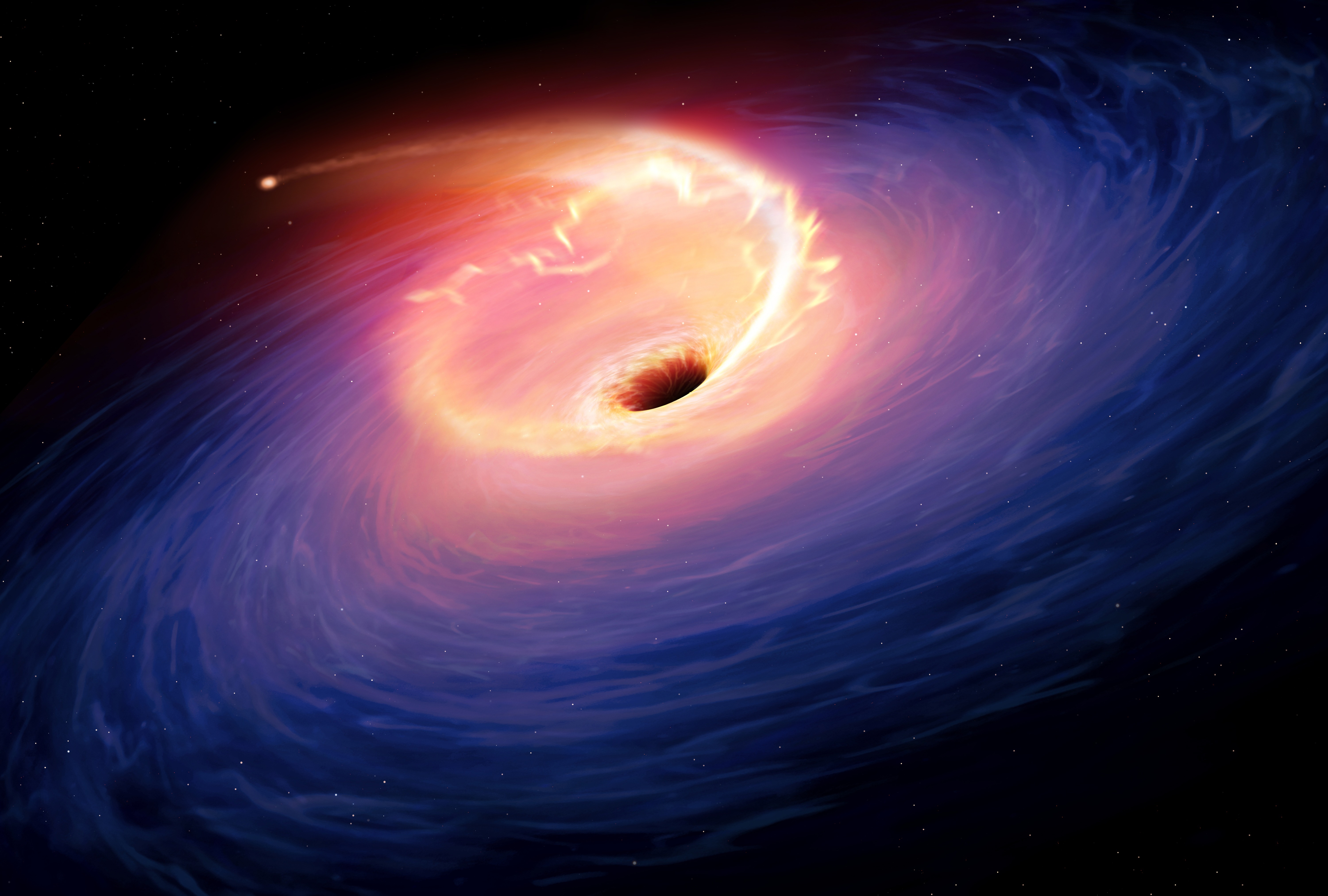When stars die, black holes possibly turn their remains into dark energy

Source: interestingengineering
Author: @IntEngineering
Published: 8/23/2025
To read the full content, please visit the original article.
Read original articleA recent study using data from the Dark Energy Spectroscopic Instrument (DESI) challenges the long-held belief that dark energy—the force driving the accelerated expansion of the universe—is constant. By mapping millions of galaxies over three years, DESI’s observations suggest that dark energy’s influence has changed over cosmic time. The researchers propose the cosmologically coupled black hole (CCBH) hypothesis, which posits that black holes formed from the collapse of massive stars convert some ordinary matter into dark energy. This model predicts that dark energy density should correlate with the star formation rate, a relationship that DESI’s data supports.
Beyond explaining the evolving nature of dark energy, the CCBH model also addresses other cosmological puzzles. It provides a physically consistent estimate for neutrino masses, aligning with ground-based experiments, unlike previous interpretations that yielded unphysical results. Additionally, the model helps reconcile discrepancies in measurements of the universe’s expansion rate (the Hubble tension) by suggesting that the conversion of matter into dark energy accelerated
Tags
robotdark-energyblack-holesastrophysicscosmologyDESI-telescopespace-exploration